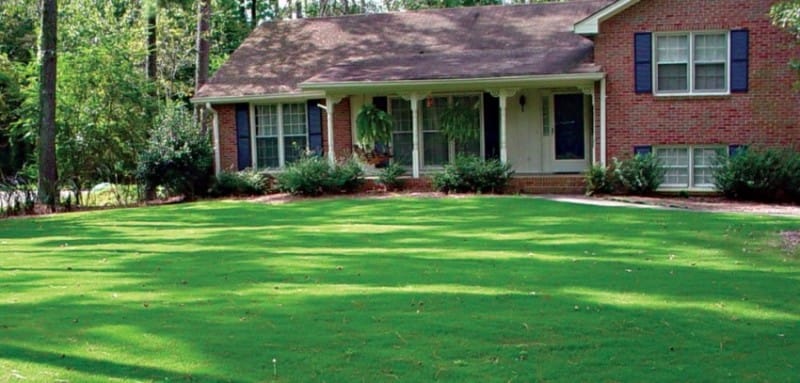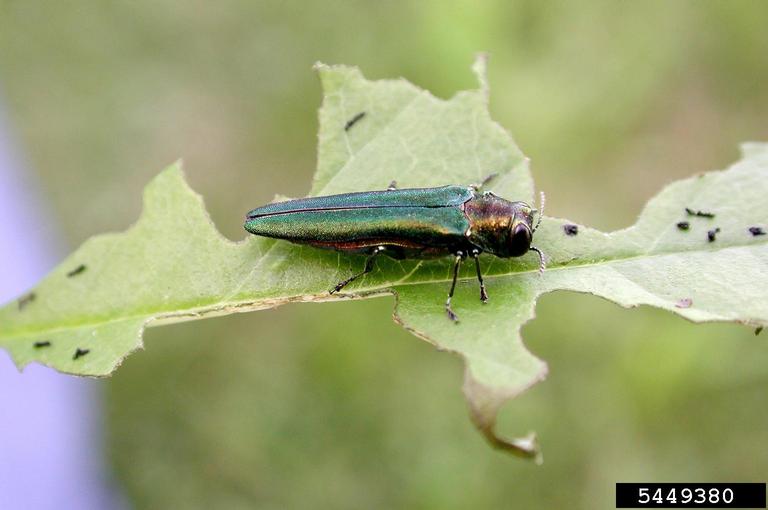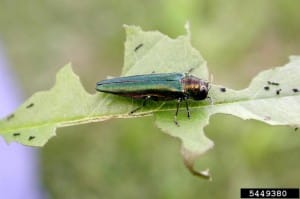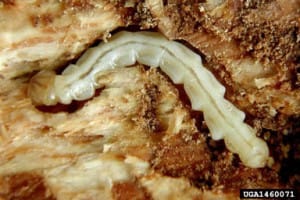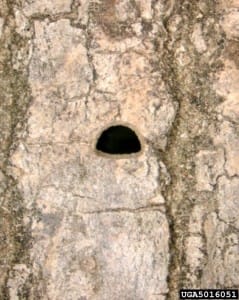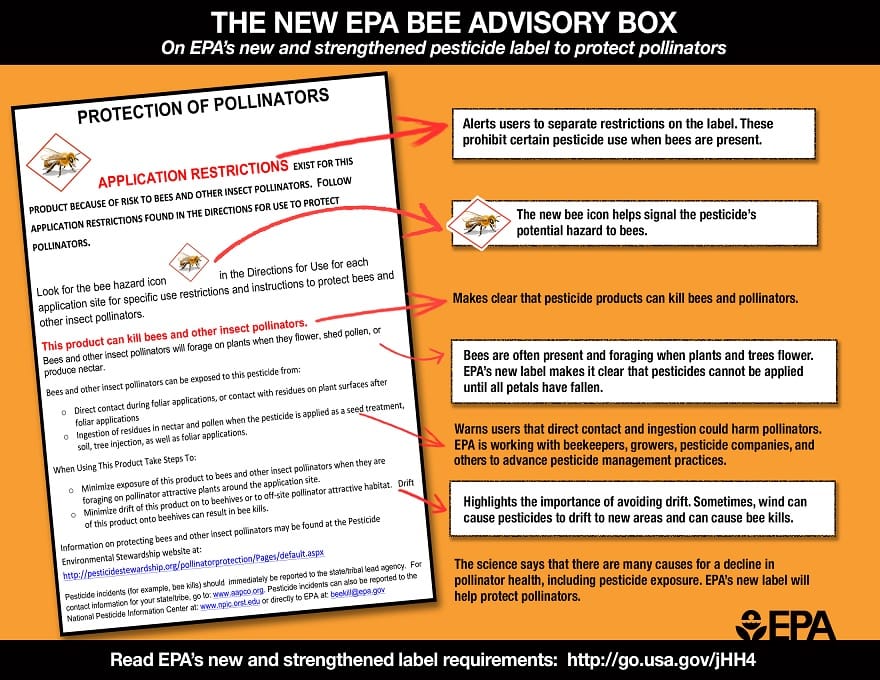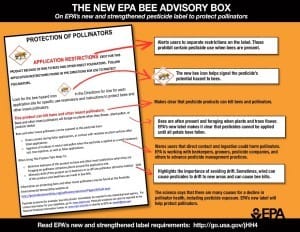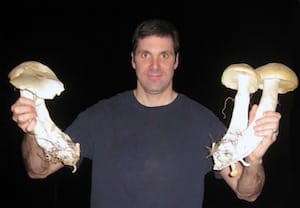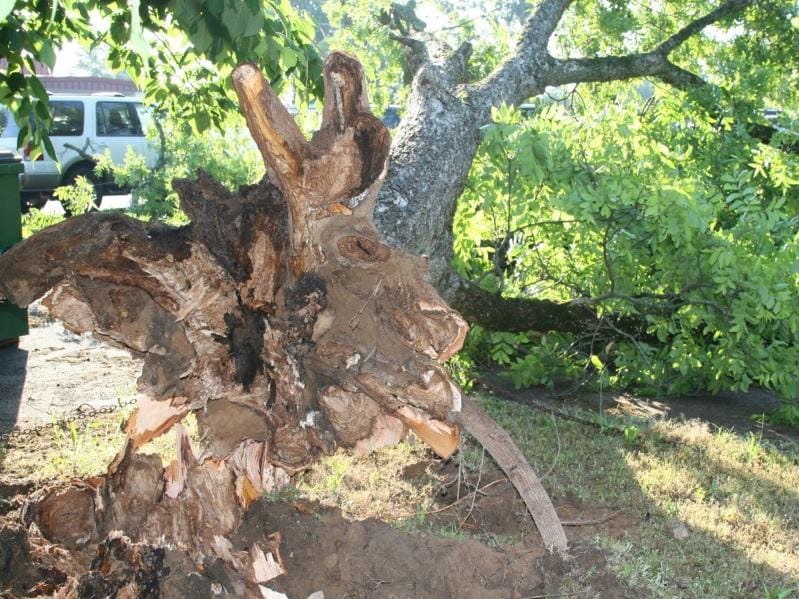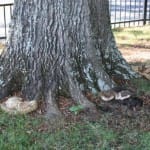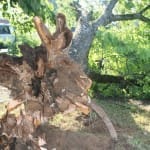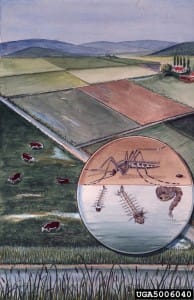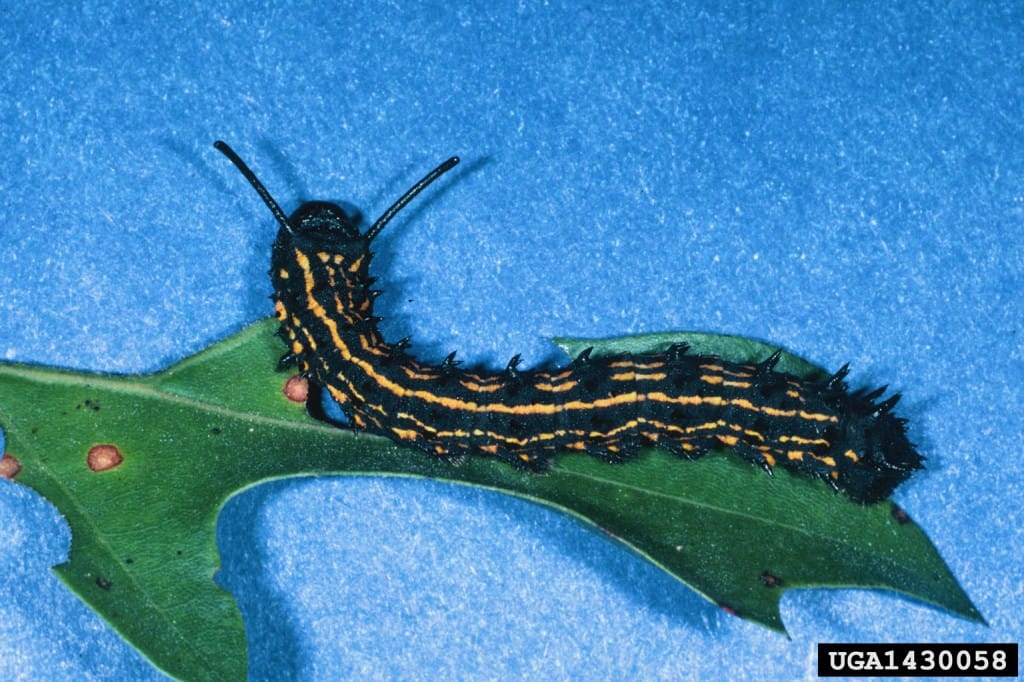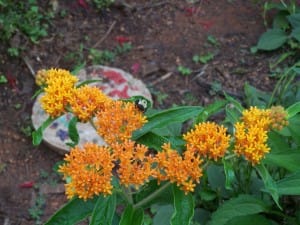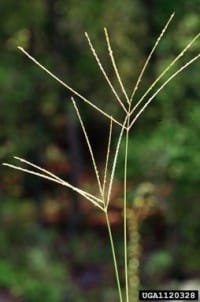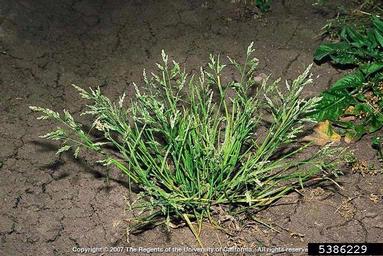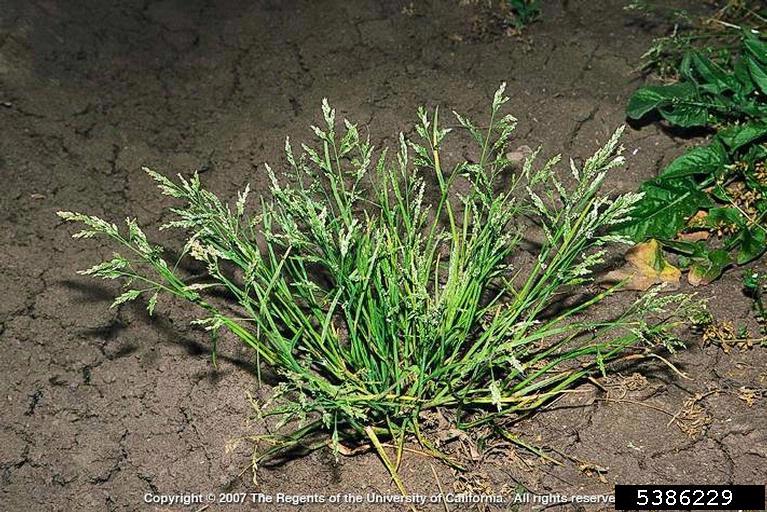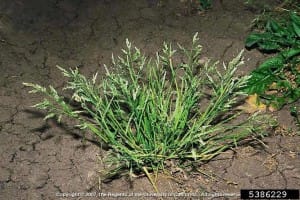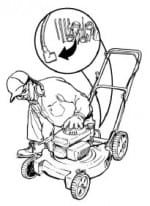
Clint Waltz, Ph.D., UGA Turfgrass Specialist
It’s nearing that time again, time to think about fall interseeding and overseeding. These two practices are similar but technically not the same. Interseeding is the practice of seeding the same species into itself for the purpose of increasing stand density and recovery of lost grass. For example, tall fescue is interseeded into tall fescue in the fall to improve the overall stand which may have declined through the summer stress period. Different cultivars may be used but the turfgrass species remains constant. Adding centipedegrass seed to a thin centipedegrass lawn in the spring is another example where like species is seeded into like species.
Prior to interseeding, particularly with tall fescue, core aeration is a common practice. The benefits for core aeration are numerous (e.g. soil air exchange, relieving compaction, improved water infiltration, etc.), including improving a planting or seed bed conditions.
Overseeding, however, is the practice of temporarily introducing a second turfgrass species – typically a cool-season grass – into a permanent species – typically a warm-season species – for the purpose of winter color or traffic tolerance. An example of overseeding would be incorporating a second, or temporary, species into a permanent species, as in overseeding a bermudagrass baseball field in the fall with perennial ryegrass to have a green field in the early spring. The second species can compete with the permanent species for light, water, space, and nutrients, so overseeding can become an additional stress that has to be managed. Of the warm-season turfgrasses, bermudagrass is best adapted and tolerant of overseeding. It is ill-advised to overseed solely stoloniferous grasses like centipedegrass and St. Augustinegrass.
Successful overseeding involves growing healthy grass prior to overseeding, proper seed and seeding rate selection, overseeding timing and preparation, post planting maintenance, and spring transition. It is particularly important to maintain proper soil fertility, to relieve soil compaction, and to prevent excessive thatch development.
Overseeding selection involves selecting grasses that have characteristics suited to the particular needs. Annual ryegrass has been replaced by perennial ryegrasses, because of improved turf quality, color, stress and pest tolerance, and manageability. The “intermediate” ryegrasses tend to perform as the name implies somewhere between annual and perennial ryegrass, unfortunately most are more like annual ryegrass, not half way between the two.
Overseeding rates generally range between 5 and 10 pounds per 1000 ft2 in lawns. In higher traffic situations, like sports fields and golf courses, the seeding range is between 8 and 12 pounds per 1000 ft2. Using high quality “Certified” (blue tag) seed that is free of weed species is important to maintaining quality turf. It is also important to use seed treated with fungicides such as Apron particularly for early fall overseeding since seedling blight diseases can be a problem.
The ten pound seeding rate generally provides a rapid stand for fall use, while the five pound rate provides a thinner stand and may not provide much coverage until spring. Seeding rate generally relates to desired appearance and intended traffic or use. Higher trafficked areas need higher seeding rates. However, higher seeding rates may lead to more difficult spring transition. Balancing seeing rate with need and desired appearance is a management decision that can affect bermudagrass the following fall, so seed appropriately.
Proper timing of overseeding should result in a gradual transition from the warm-season turf to cool-season turf. Some common indicators that tell us it is time to overseed include: soil temperatures at a four‑inch depth approaching 75° F, night temperatures falling into the 50’s, average midday temperature in the mid-70° F, or 2 to 4 weeks before the average annual first killing frost date.
The objective to insuring a successful overseeding is good soil to seed contact. Seedbed preparations generally consist of close mowing or scalping, with some light vertical mowing, and blowing, sweeping, or vacuuming the loose plant debris from the soil surface. Generally, the more the turf is opened, the better the establishment rate, but the more competitive the cool-season turf will be in the spring. Seed which germinate in thatch or above the soil surface are more likely to dry-out and die before becoming established.
After dragging the seed into the soil, begin lightly irrigating to maintain good surface moisture and get the seed to germinate. This generally means irrigating three to five times per day until the seedlings are well established, but the total amount of water applied during a day would seldom exceed 0.5 inches. This irrigation practice should be done without causing puddling on the soil surface, free water encourages disease. After germination, gradually reduce the frequency and increase the time of irrigation until a normal irrigation program can be established.
Begin mowing when seedling height is 30% higher than desired. Use a mower with sharp blades and mow when the grass is dry to reduce seedling injury. Because first-mowed grass is tender and succulent a reel-type mower tends to lay seedlings over and not cut them. Using a rotary-type mower is commonly used for the first mowing with the fear of “ripping” seedlings being unfounded or insignificant. Transitioning to a reel-type mower after the second or third mowing can provide a high quality appearance.
Wait to fertilize after seedling emergence (generally three weeks after seeding) since earlier fertilizing may encourage warm-season turf competition. One pound of N per 1000 ft2 per month is adequate with less (e.g. 0.25 to 0.75 lb N / 1000 ft2) commonly used. Use a soil test report to guide phosphorus needs but it is typical to apply some phosphorus shortly after seeding to improve rooting.
2013 reports show ryegrass and tall fescue seed crops being harvested earlier and faster than normal. This may not indicate a bountiful year for seed production. In fact, the forecast is for an average yield with a reduced quality due to more contaminants (i.e. weeds) in the seed fields. Combine these factors with short carryover inventories and reduced acres in production, the result may be higher seed prices for 2013.
Fall is rapidly approaching and seeding, be it interseeding or overseeding, will again be part of turfgrass management programs. Proper preparation prior to seeding and sound management afterward can provide a turfgrass surface that performs well and is attractive throughout the winter.
